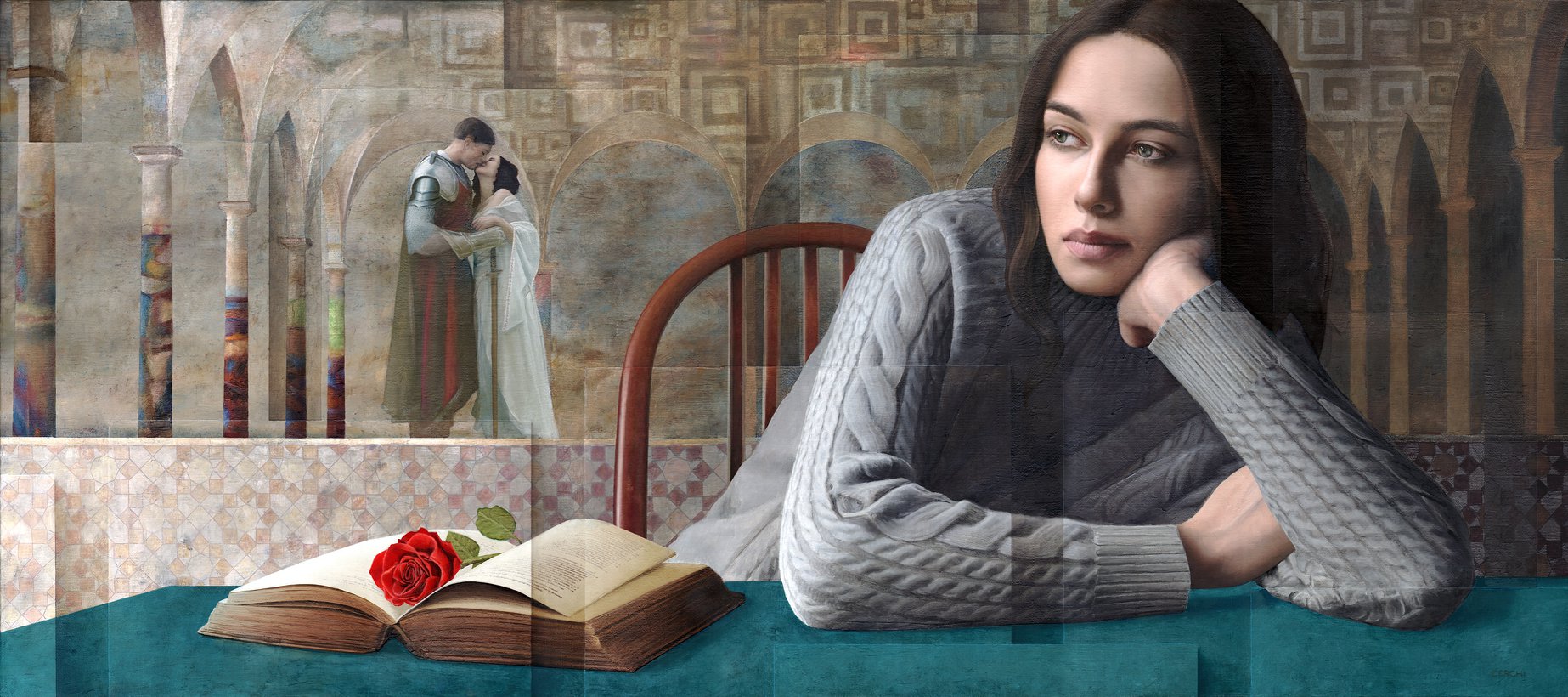L'artista Ricardo Celma è nato a Buenos Aires.
La sua vocazione artistica si sviluppa immediatamente: a 5 anni frequenta un laboratorio d'arte, a 16 anni ha realizzato la sua prima mostra personale, e cosi ha continuato ininterrottamente per 20 anni.
Al termine del liceo è entrato alla Scuola Nazionale di Belle Arti Prilidiano Pueyrredón, dove ha conseguito il titolo di Professore nazionale di disegno e pittura, con ottimi voti.
Pochi anni dopo, ha conseguito una laurea, Bachelor of Visual Arts presso la National University of Art (UNA).
Le sue opere fanno parte di collezioni museali permanenti ed anche collezioni private in tutto il mondo.
I suoi dipinti sono stati esposti in molti importanti luoghi internazionali: New York City, Tokyo, Shangai, Spagna, Italia, Olanda, Taipei, Bangkok, Belgio, Messico, Perù, Uruguay, Argentina, ecc.












+13.jpg)






.jpg)




.jpg)










